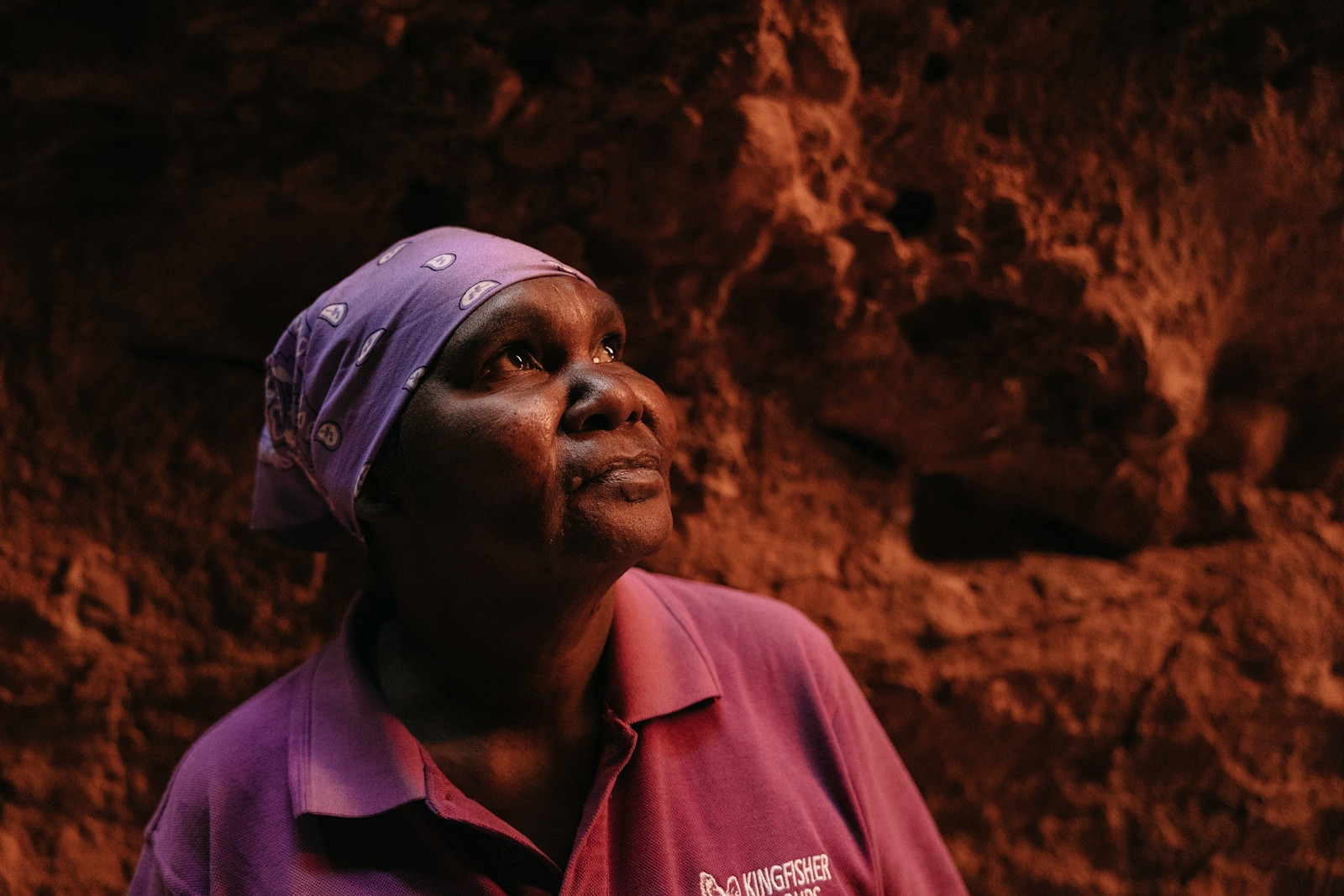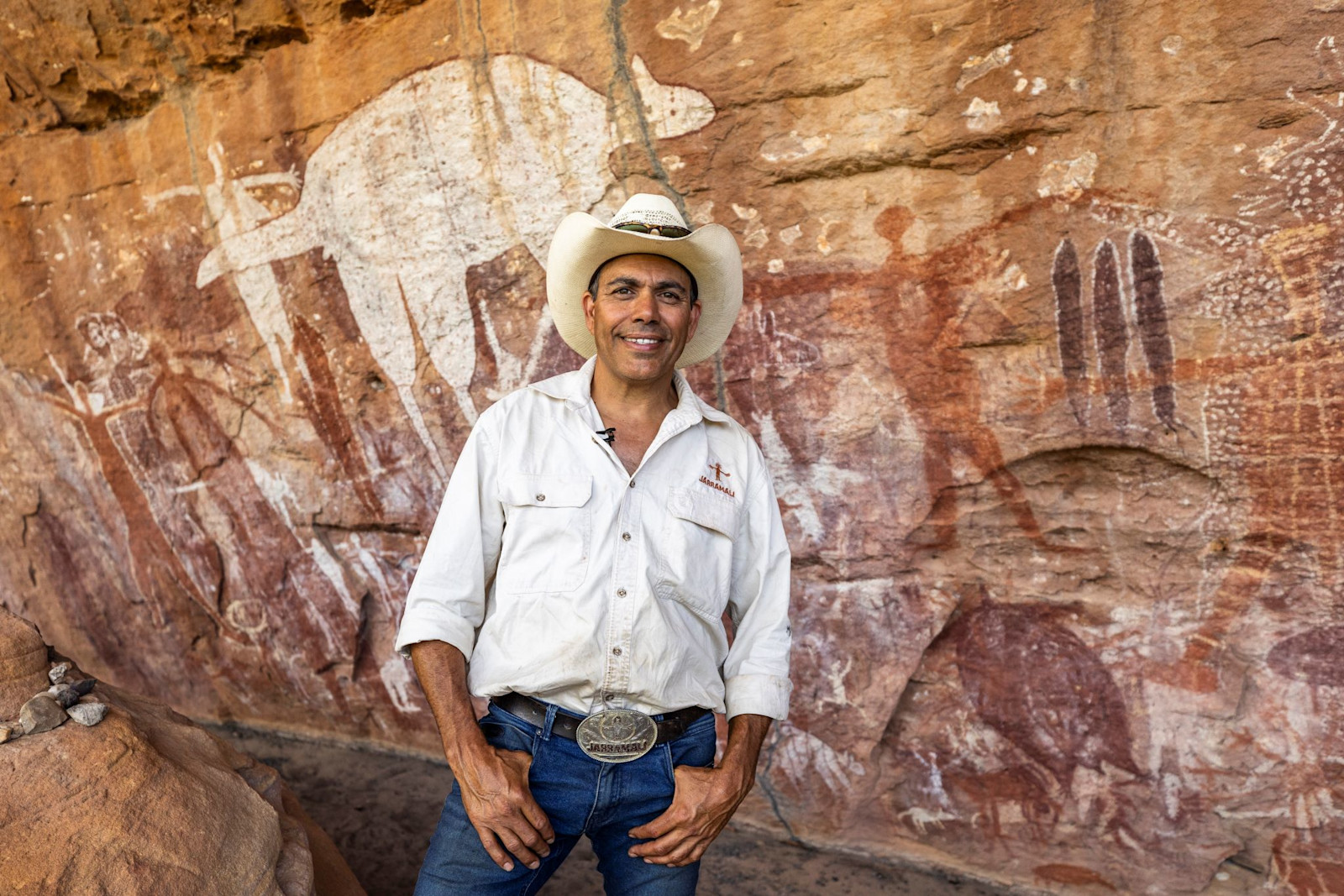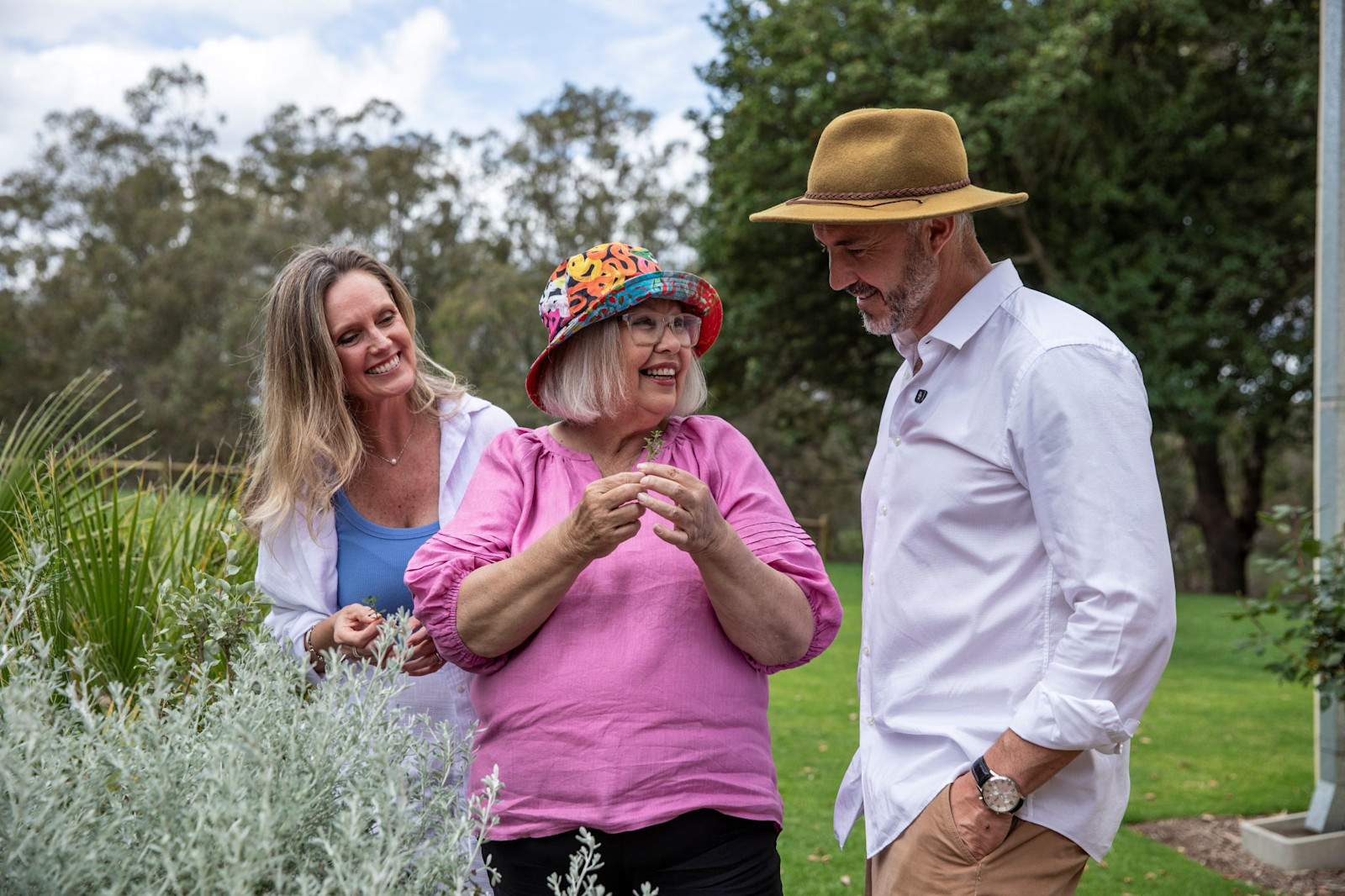Guide to the Macadamia in Aboriginal Cultures
The macadamia is a prized native nut gathered by Aboriginal peoples across subtropical Queensland and northern New South Wales.
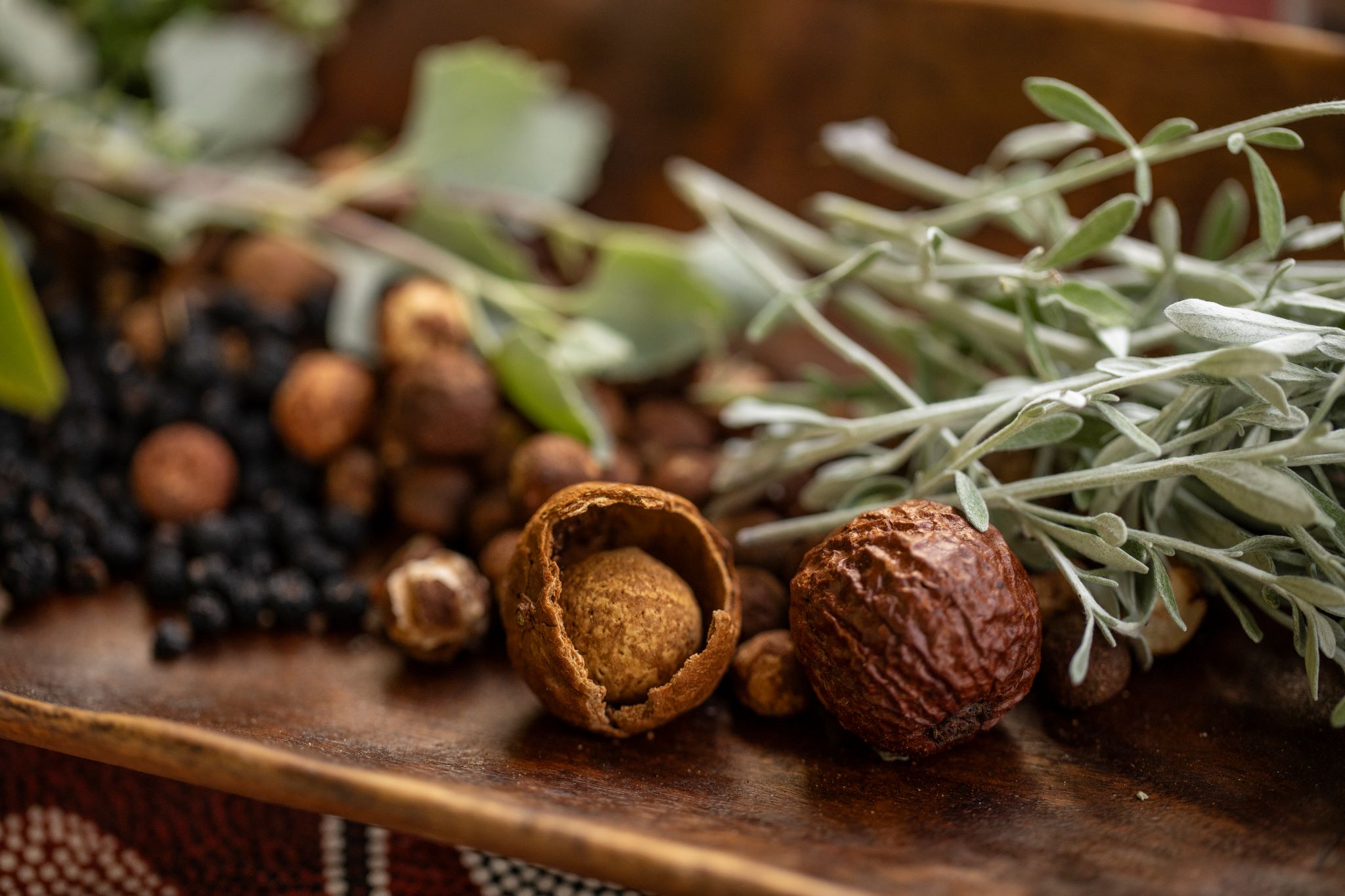
Bush foods, Dale Tilbrook Experiences, Swan Valley, WA © Tourism Australia
The world knows the macadamia as a luxury export – roasted, dipped in chocolate, blitzed into butters and milks. But long before plantations, it was a prized native nut gathered by Aboriginal peoples across subtropical Queensland and northern New South Wales.
What is a macadamia?
Known scientifically as Macadamia integrifolia and Macadamia tetraphylla, this evergreen tree thrives in the fertile volcanic soils of southeast Queensland and the Northern Rivers region of NSW. It produces hard, globe-shaped nuts encased in a green husk and a rock-like shell. Inside: a buttery, ivory kernel with a uniquely rich, creamy taste.
Today, Australia grows about 70 per cent of the world’s macadamias. But its wild origins remain deeply rooted in Country – especially on Bundjalung, Gubbi Gubbi/Kabi Kabi and Yugambeh lands, where nut trees still grow naturally in patches of remnant rainforest.
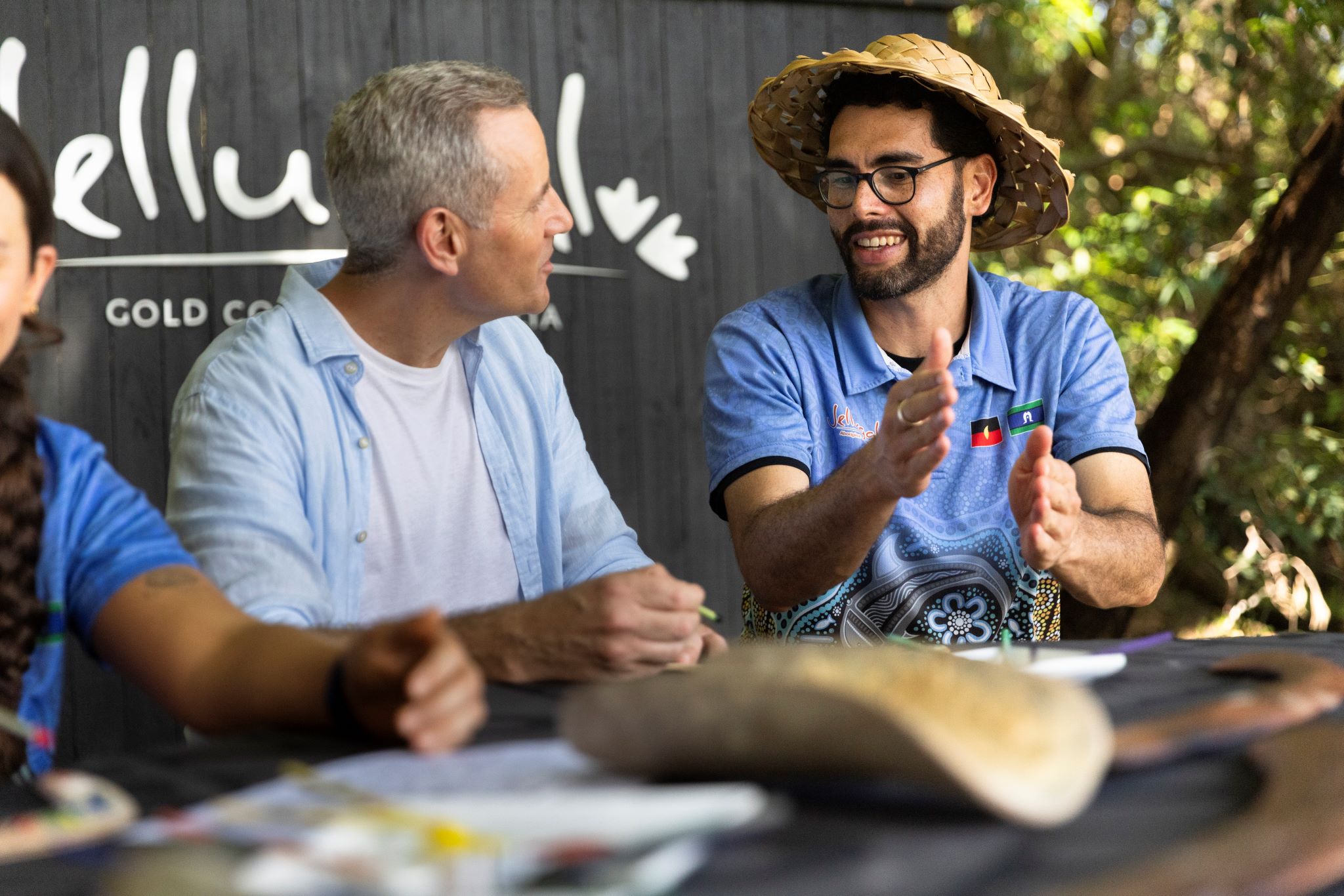
Jellurgal Aboriginal Cultural Centre, Gold Coast, Queensland © Tourism Australia
Why are macadamias significant to Aboriginal cultures?
For Aboriginal communities in eastern Australia, the macadamia – known by various names including baupal (Gubi Gubi) and kindal kindal (Bundjalung) – has been a seasonal staple for thousands of years.
Harvested in late summer to autumn, macadamias were traditionally cracked with stones and eaten raw, roasted in the embers of a fire or ground into paste. The would be gathered from the forest floor, stored in cool hollows and feasted communally when the nuts were ripe.
The macadamia was not only a source of energy and nutrition – rich in protein and good fats – but also a trade item between clans. Some oral histories speak of nuts being bartered inland or along the coast in exchange for ochre or fishing gear.
Yugambeh cultural custodians at the Jellurgal Aboriginal Cultural Centre at Burleigh Heads share that macadamia trees were often grown near campsites or scarred by stone tool use, reflecting a long interrelationship between people and plant.
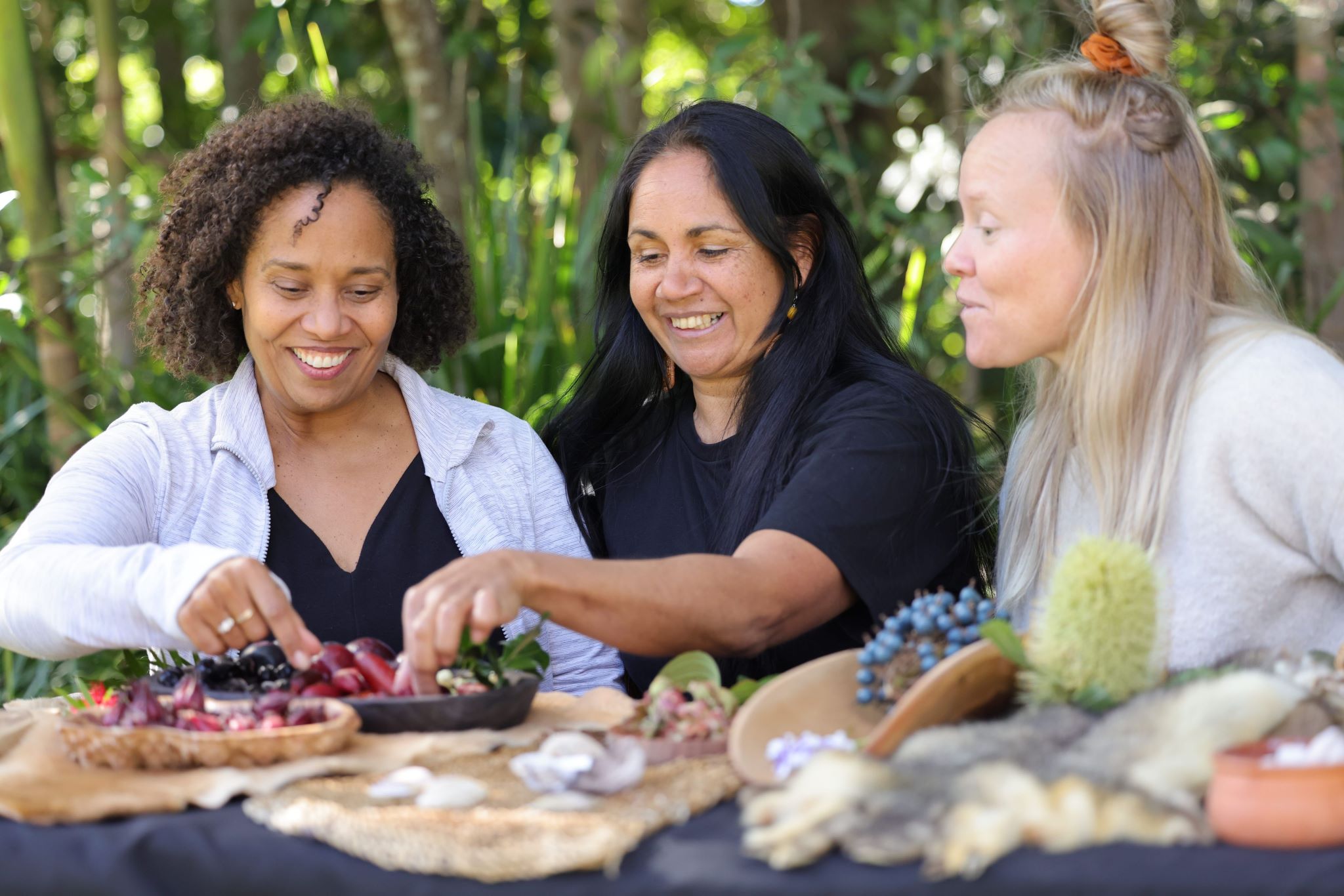
Guide Delta Kay with guests, Explore Byron Bay, Northern NSW © Tourism Australia
Where can I taste macadamias?
If you’re travelling through Queensland or northern NSW, there are plenty of ways to experience macadamia in context – from guided bush-tucker tours to refined menus at Indigenous-led experiences.
In Byron Bay on Arakwal Country, Explore Byron Bay runs Aboriginal bush tucker walks through coastal rainforest. Depending on the season, your guide may pass around freshly fallen macadamias, cracking the tough shells with traditional tools and inviting you to taste the nut in its purest form.
Slurp Sydney rock oysters or tuck into paperbark-smoked kangaroo as you explore the waterways of Mooloolaba on Kabi Kabi Country with Saltwater Eco Tours’ on a Bushtucker Cruise. The seasonal menu of native ingredient–inspired canapés often features macadamias – crushed into dukkhas, blended into dressings or used to garnish delicate seafood bites. Between courses, your Indigenous guide shares stories of local foodways, plant medicine and ancient saltwater traditions.

Tali Wiru Dining experiences, Voyages Indigenous Tourism Australia, Uluru, Northern Territory
Set under a canopy of ancient rainforest on Kuku Yalanji Country, Flames of the Forest near Port Douglas serves a candlelit dining experience infused with history and native flavours during its Indigenous Culture Experience. As you dine on a seasonal menu that might include macadamia and lemon myrtle pesto or wattleseed-crusted lamb, two local Aboriginal brothers share their stories, songs and connection to land through a powerful storytelling performance.
At Tali Wiru – the fine-dining experience at Ayers Rock Resort – macadamias add texture to entrees like Fraser Island crab with green ant-infused avocado and toasted native nut crumb. The alfresco dinner under the stars and overlooking Uluru is laced with storytelling about ingredients and their connections to Country.
While macadamias are native to the east coast of Australia, you can also get a taste for them in the west. At Dale Tilbrook Experiences near Perth / Boorloo, Wardandi Bibbulmun woman Dale Tilbrook includes macadamias in her native ingredient tastings, served raw, smoked or crushed into wattleseed dukkha. Her commentary ties each bite back to landscape, memory and cultural practice.
